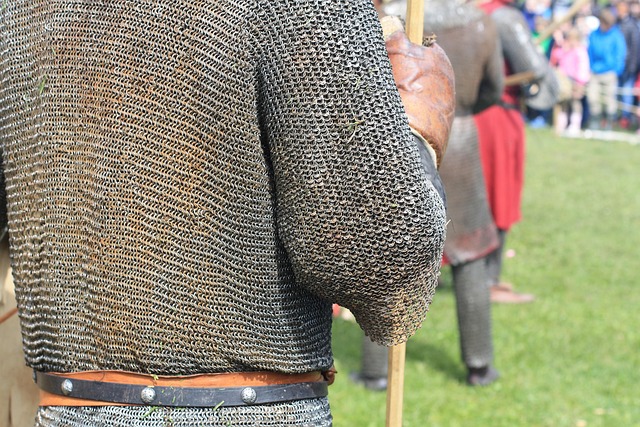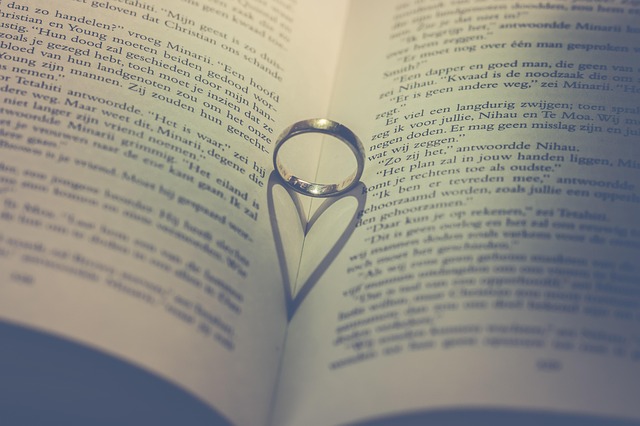Introduction to Chainmail Jewelry

Chainmail jewelry, often called 'chainmaille', is the art of linking individual metal rings to create intricate patterns and textures. This ancient craft, once used for armor, has evolved into a stunning and versatile form of adornment. Using just a few simple tools, you can weave beautiful necklaces, bracelets, earrings, and more. It’s a deeply rewarding hobby blending history, precision, creativity, and the tactile satisfaction of crafting unique metal art.
Essential Tools and Materials
Gather these key items before you begin weaving:
- Metal Rings (Jump Rings): Available in various materials (e.g., bright aluminum, anodized aluminum for color, stainless steel, copper, brass), sizes (Inner Diameter - ID), and wire thicknesses (Gauge). Beginners often find larger rings (like 18 SWG or 16 SWG aluminum) easier to handle.
- Two Pairs of Pliers: Smooth-jawed flat-nose or chain-nose pliers are essential. Using two pliers—one to hold the ring steady, one to manipulate the opening—allows you to open and close rings without scratching or distorting them.
- Calipers (Optional but Recommended): Precisely measure ring Inner Diameter (ID) and wire gauge (thickness). Consistency is key for uniform weaves.
- Ruler or Measuring Tape: Useful for measuring chain lengths.
- Work Surface: A soft cloth, bead mat, or rubber block protects your table and prevents rings from scattering or getting scratched.
Understanding Ring Sizes, Gauges, and Aspect Ratio

A ring's properties are defined by its Inner Diameter (ID) and its Wire Gauge (thickness). The crucial factor linking these is the Aspect Ratio (AR), calculated as AR = ID ÷ Wire Diameter. Think of it like building blocks: each chainmail weave requires rings within a specific AR range to form correctly. A ring with too low an AR (too thick for its diameter) won't allow other rings to pass through as needed. Too high an AR (too thin for its diameter) results in a loose, floppy weave that may not hold its pattern.
Basic Chainmail Weave: European 4-in-1 (E4-in-1)
The European 4-in-1 is a fundamental weave, forming a flexible, fabric-like sheet. It's the perfect starting point for beginners. Here’s a common method:
- Prepare your rings: Securely close a batch of rings. Open another batch of 'working' rings using the proper technique.
- Start the core unit: Take one open ring. Link four closed rings onto it. Close the open ring carefully. Lay this unit flat – it should look like one central ring holding two rings on top and two on the bottom.
- Expand the pattern: Take another open ring. Pass it *down* through two adjacent closed rings from the edge of your core unit (e.g., the bottom two).
- Add new rings: Before closing this open ring, scoop up two *new* closed rings onto it.
- Close the ring: Close the working ring securely. Ensure the two newly added rings lay flat next to the ones you passed through, following the established pattern.
- Continue weaving: Repeat steps 3-5, always passing the new open ring through the last two closed rings added on the edge, and adding two more new closed rings each time to grow the chain or patch.
Tips for Success
- Start Simple & Large: Begin with a straightforward weave like E4-in-1 using larger, easier-to-manipulate rings (e.g., 18 SWG aluminum, AR around 4.0).
- Master Ring Closing: Perfect closures are crucial for strength and appearance. Ensure ring ends meet exactly with no gaps or overlaps.
- Embrace Patience: Chainmail takes time and focus. Enjoy the meditative process of linking rings and watching the pattern emerge.
- Use Good Lighting: Clear visibility prevents mistakes and reduces eye strain. Consider magnification for smaller rings.
- Stay Organized: Keep different ring sizes, materials, or colors separated. A tidy workspace makes weaving more enjoyable and efficient.
Beyond the Basics: Exploring More Weaves
Once comfortable with E4-in-1, a universe of weaves awaits! Explore patterns like Byzantine (a dense, rope-like chain perfect for bracelets), JPL - Jens Pind Linkage (a deceptively simple, sleek chain), Japanese weaves (often creating beautiful geometric or floral patterns), or the intricate Dragonscale (a dense, layered weave). Experimenting with different materials, ring sizes, ARs, and colors opens endless avenues for unique, personalized jewelry designs.